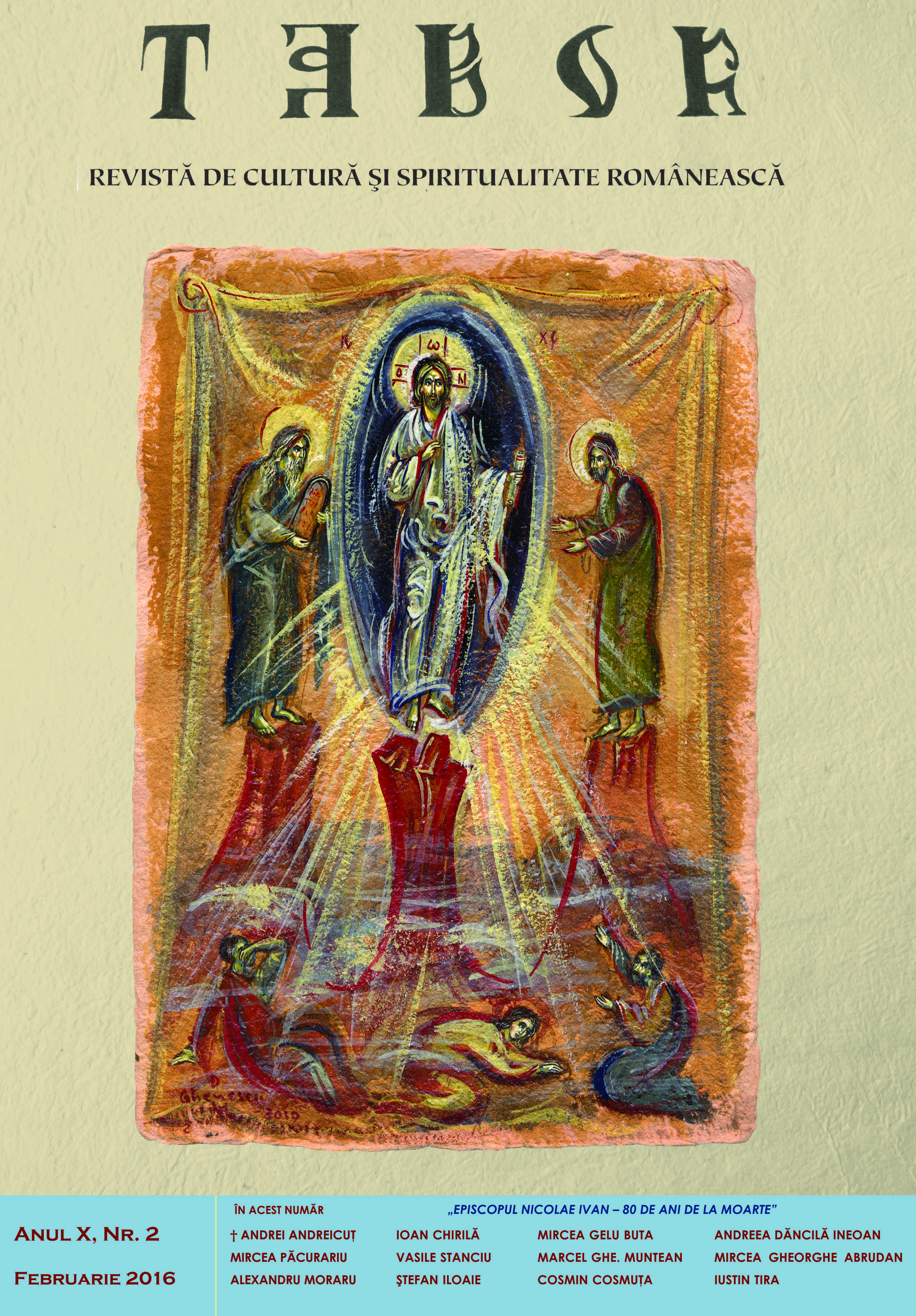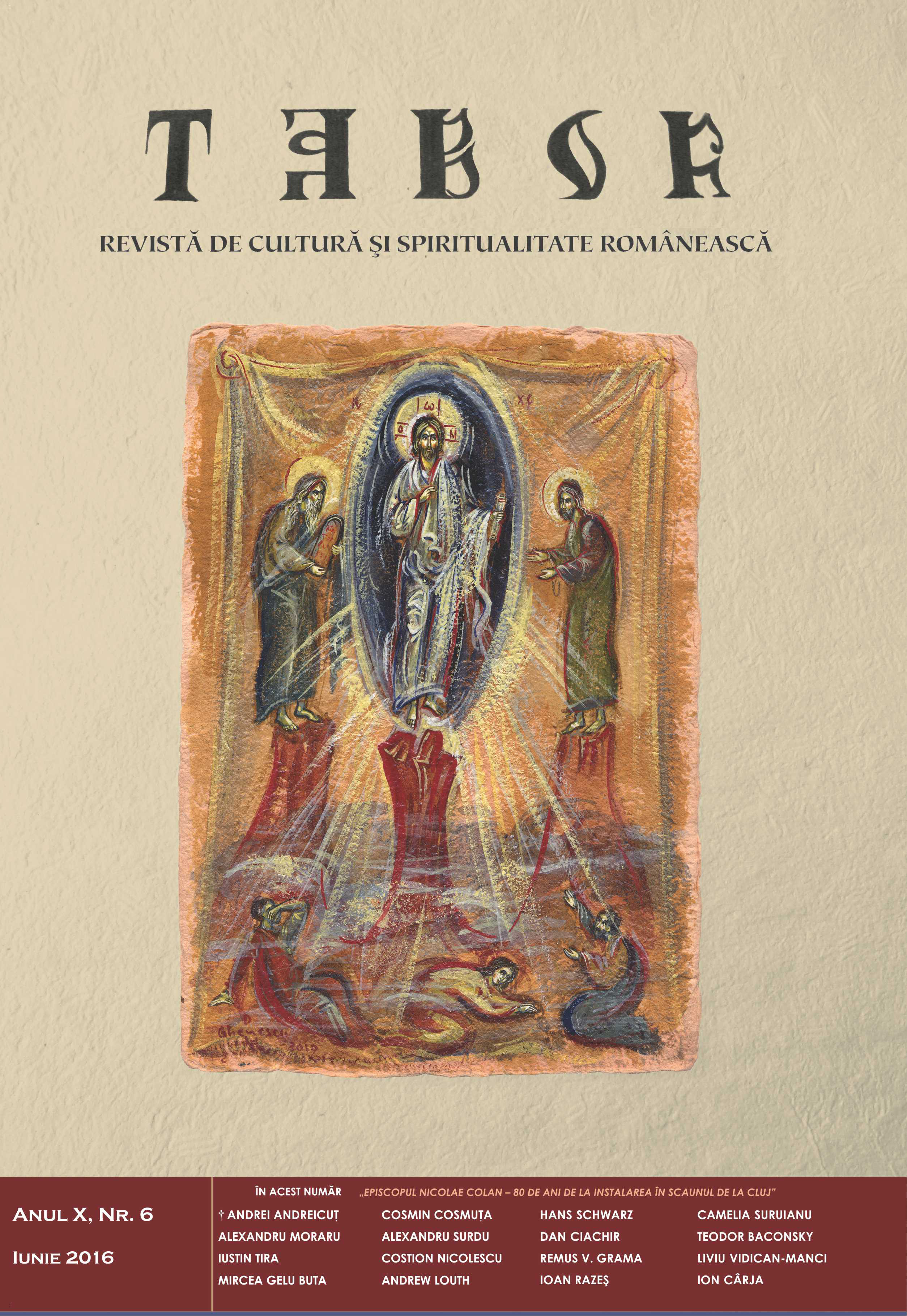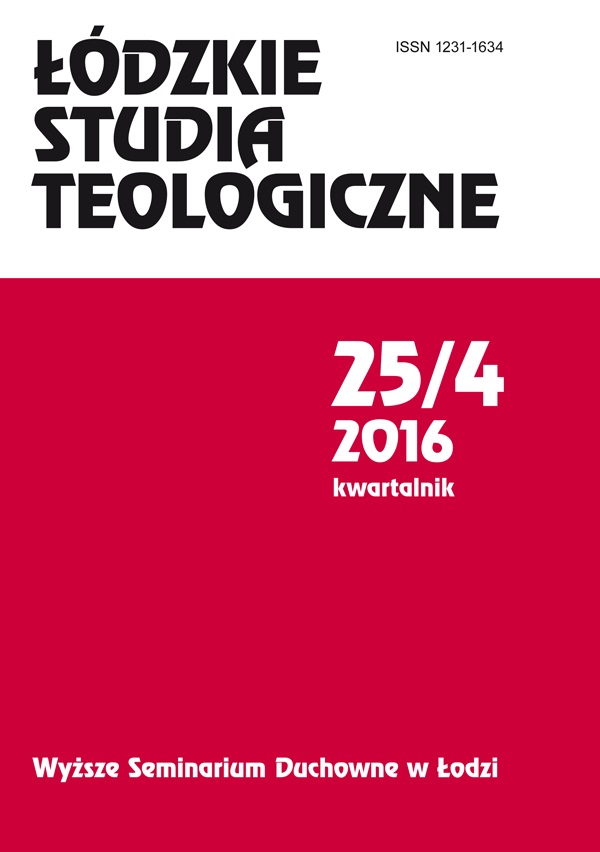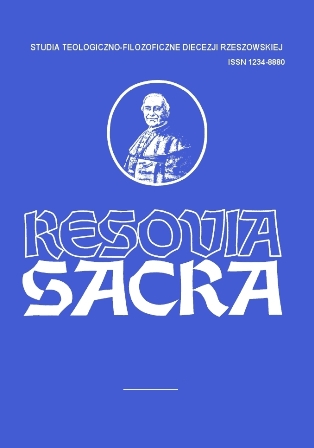Author(s): Cosmin Cosmuţa / Language(s): Romanian
Issue: 02/2016
In the months following the Great Union of December 1st, 1918 began the efforts of establishing an orthodox diocese at Cluj, as a continuation of the old diocese of Vad and Feleac. Archimandrite Nicolae Ivan, church councilor in Sibiu, distinguished himself for the initiative he has shown in this matter from the very begining. In fact, after the great bishop Andrei Saguna talked about the necessity of founding new Orthodox dioceses at Timisoara, Oradea and Cluj, the archdiocesan Synod from Sibiu and the Church National Congress have tried on several occasions, such as in 1892, 1900, 1903 1909, to translate the idea into action, but this could not be made before Transylvania was included into the Romanian state, on December 1st, 1918. Appointed in 1919 by the Consistory of Sibiu to deal with organizing a diocesan consistory in Cluj, in order to establish the planned diocese, the archimandrite and diocesan assessor Nicolae Ivan was elected, consecrated and installed in 1921 as the first bishop of the newly resurrected diocese of Vad, Feleac and Cluj. By showing dedication and an impressive working capacity, he managed, during his 15 years of pastoral activity at Cluj, to actually build a diocese in the city that symbolized, in the heart of Transylvania, the victory of the Romanian spirit over the past centuries of servitude and suffering.
More...




